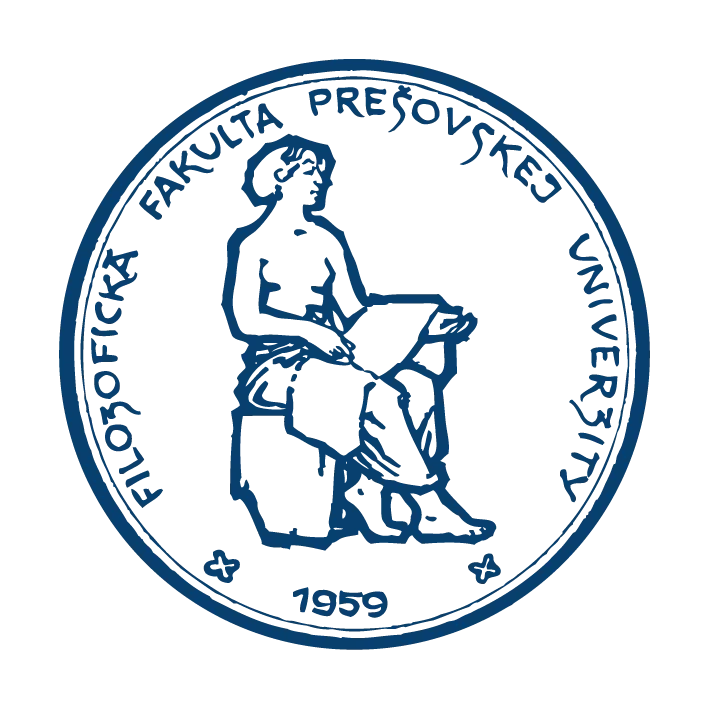Swantje Martach / Scherabon: An Open Discussion
V rámci stáže, ktorú dr. Swantje Martach realizuje na IEUK FF PU je v stredu 19.5.2021 o 13:15 pripravená prednáška Swantje Martach / Scherabon: An Open Discussion.
Scherabon: An Open Discussion
Prednáška a diskusia s potvrdenou účasťou Herwiga Scherabona online!
Herwig Scherabon is a digital artist based in Berlin, for whose upcoming (July 2021) exhibition at Kiezkapelle in Neukölln a catalogue text shall be produced. We have complete freedom over the content of this text, despite the fact that it should be a speculative realist (in the beginning of this lecture I will briefly introduce this philosophical school) discussion of the artist’s exhibited works (some of them I will be able to show you, and some are already visible on his website www.Scherabon.com as well as his Instagram @herwigscherabon) which evolved from his excursus to Manaus, Brazil, where he filmed the jungle and created CGI photographs and animations of plants and landscapes.
We could thus focus on e.g., but are not limited to a discussion of:
- how Scherabon queers the modern dualism of nature versus culture via his artistic animations of plants/landscapes
- the role the human spectator takes up in his art: Is she present and if so, in what manner: as examinator? contemplator?, or participator? Or is she entirely absent?
- the way he plays with nature as the monstrous (even ghostly and thus haunting) other, e.g. by depicting it as slowly but steadily, and precisely therefore scarily morphing (see his statement: “Those digital holographs are ghosts more than objects and ghosts tend to tell stories“)
- the way he detaches singular agencies (as he calls his own works: “frozen images of small objects in a vast space captured in a short moment of eternity“) from their natural and naturalizing in the sense of soothing, even trivializing surroundings by means of an always entirely black background, and whether he in so doing intends to call for an object-oriented, entity-focused, even “thing-ist“ scrutinization of the latter (see also his statement accessible on his website: “As we leave all sane definitions of space and time we can see the agency which is inherent in all objects.“)
- or we could criticize him for following Meillassoux’ call, way-paving for speculative realism, for a reaching out towards “the great outdoors“ too literally, and wonder about the implications his works eventually contain for us as humans.
